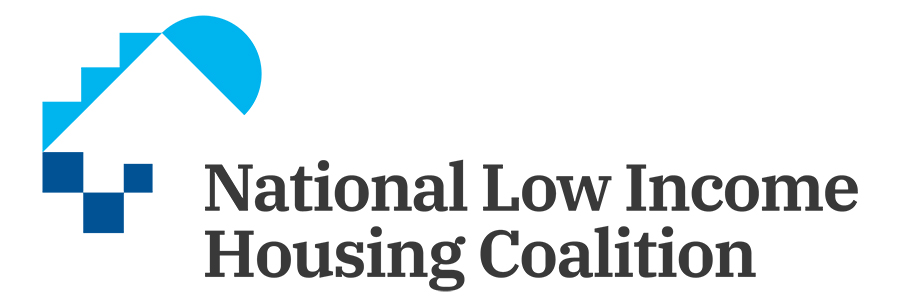2014 Out of Reach Report Details Rental Affordability Challenges

According to the National Low Income Housing Coalition’s 2014 Out of Reach report, there is no state in the nation where a full-time minimum wage worker can afford a one-bedroom or two-bedroom apartment renting for HUD’s Fair Market Rent (FMR). On average, renters would need to work 2.6 full-time minimum wage jobs to afford a two-bedroom apartment at the FMR. Overall, 53 percent of all renters pay more than 30 percent of their income for housing and are considered “cost-burdened.”
The report found that in 2012, renters made up 35 percent of all households nationwide, an increase of 1.1 million from 2011. Due to high unemployment, tight credit, and other debt obligations such as student loans, an increasing number of households are looking for rental options. Because of this increased demand for rental homes, the national vacancy rate fell from 8 percent in 2009 to 4.1 percent in 2013 and rents continued to rise.
The report says most new apartments are priced for higher income households. It states that only 34 percent of the new rental units constructed in 2011 were affordable to the median income renter. Additionally, more than 650,000 affordable rental units, or 12.8 percent of the total supply, have been permanently lost since 2001. To meet the demand for affordable rental housing, an additional 4.4 million rental homes will need to be added to the current supply affordable to extremely low-income households.
The report also details how the lack of affordable rental housing impacts rural areas. Between 2000 and 2010, the lack of affordable rental homes in rural areas caused the number of cost-burdened rural renter households to increase by 10 percent. Rural areas are also negatively impacted by factors such as limited access to capital financing.

